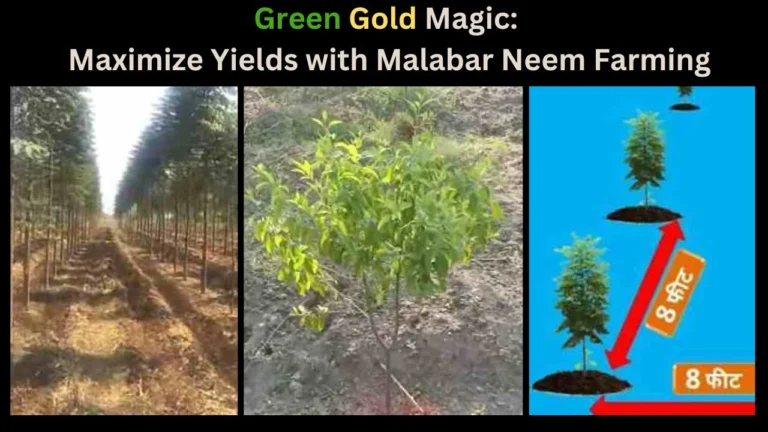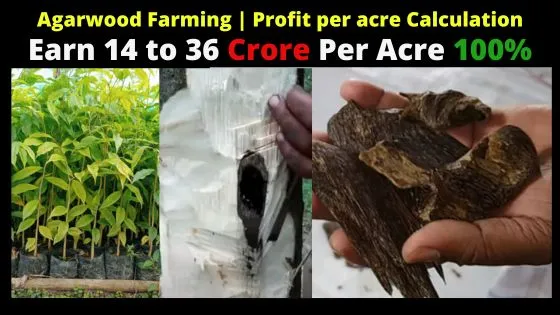
Malabar Neem Farming: A Green Revolution in Agroforestry Practices
Malabar Neem Farming: A Green Revolution in Agroforestry Practices Malabar Neem, known as the ‘Green …


Sandalwood Farming Cost and Profit – Earn In Crore After 10-12 years
Sandalwood Farming Cost and Profit – Earn In Crore After 10-12 years Introduction of Sandalwood …

Mahogany Tree Price After 10 years | Per Cubic Feet Price
Mahogany Tree Price After 10 years | mahogany tree selling price in India Harvest, Yield, …

EBONY TREE, Worth a million dollars ebony plant | 12 Interesting facts
EBONY TREE, worth a million dollars a tree | 12 Interesting facts | ebony plant …

Mahogany Tree Price | Contract Farming | 2025 | Best Price
Mahogany tree price– Plantation, Contract Farming with Income Today they will discuss more Mahogany trees …
Forestry farming, also known as silviculture, is the management and cultivation of forests for a variety of purposes, including timber production, conservation, and recreation. Forestry farming involves the sustainable management of forest resources, including trees, wildlife, water, and soil. Here are some of the types of forestry farming:
-
Timber production: This type of forestry farming involves the cultivation and management of forests for the production of wood and other forest products such as paper, furniture, and construction materials. Timber production requires a combination of planting, thinning, and harvesting activities to ensure the sustained production of high-quality timber.
-
Conservation forestry: This type of forestry farming involves the management of forests to protect and enhance biodiversity, protect wildlife habitats, and conserve soil and water resources. Conservation forestry includes activities such as reforestation, habitat restoration, and the use of sustainable harvesting practices to maintain a healthy and diverse forest ecosystem.
-
Urban forestry: This type of forestry farming involves the management of trees and other vegetation in urban areas for environmental and social benefits such as air and water quality improvement, carbon sequestration, and aesthetic value. Urban forestry includes activities such as planting and maintenance of trees and other plants, pruning, and disease and pest management.
-
Agroforestry: This type of forestry farming involves the integration of trees into agricultural systems to provide multiple benefits such as soil conservation, nutrient cycling, and diversification of farm income. Agroforestry includes activities such as intercropping, alley cropping, and the use of tree cover to provide shade and windbreaks.
-
Community forestry: This type of forestry farming involves the management of forests by local communities for multiple benefits such as income generation, fuelwood, and non-timber forest products. Community forestry includes activities such as forest management planning, sustainable harvesting, and forest conservation.
-
Industrial forestry: This type of forestry farming involves the management of forests for large-scale commercial operations such as pulp and paper production, sawmills, and biomass energy production. Industrial forestry includes activities such as intensive planting and harvesting, chemical treatments for pest and disease control, and the use of heavy machinery.
In conclusion, forestry farming is an important component of sustainable land management that involves the management and cultivation of forests for a variety of purposes. Each type of forestry farming has its unique challenges and opportunities, and foresters choose the type that suits their resources and goals. Forestry farming plays a vital role in maintaining healthy forest ecosystems, providing ecosystem services, and contributing to economic development and social well-being.